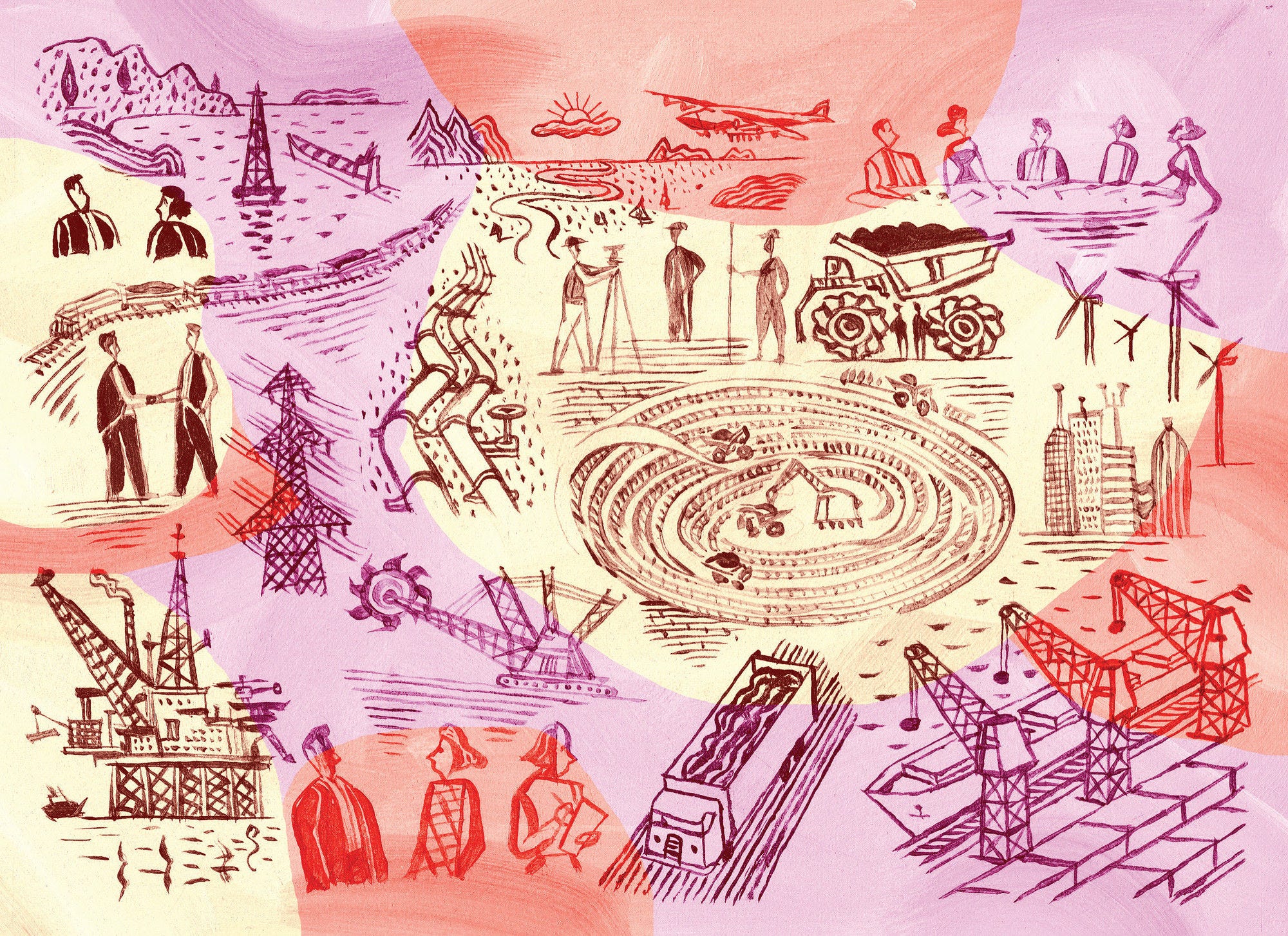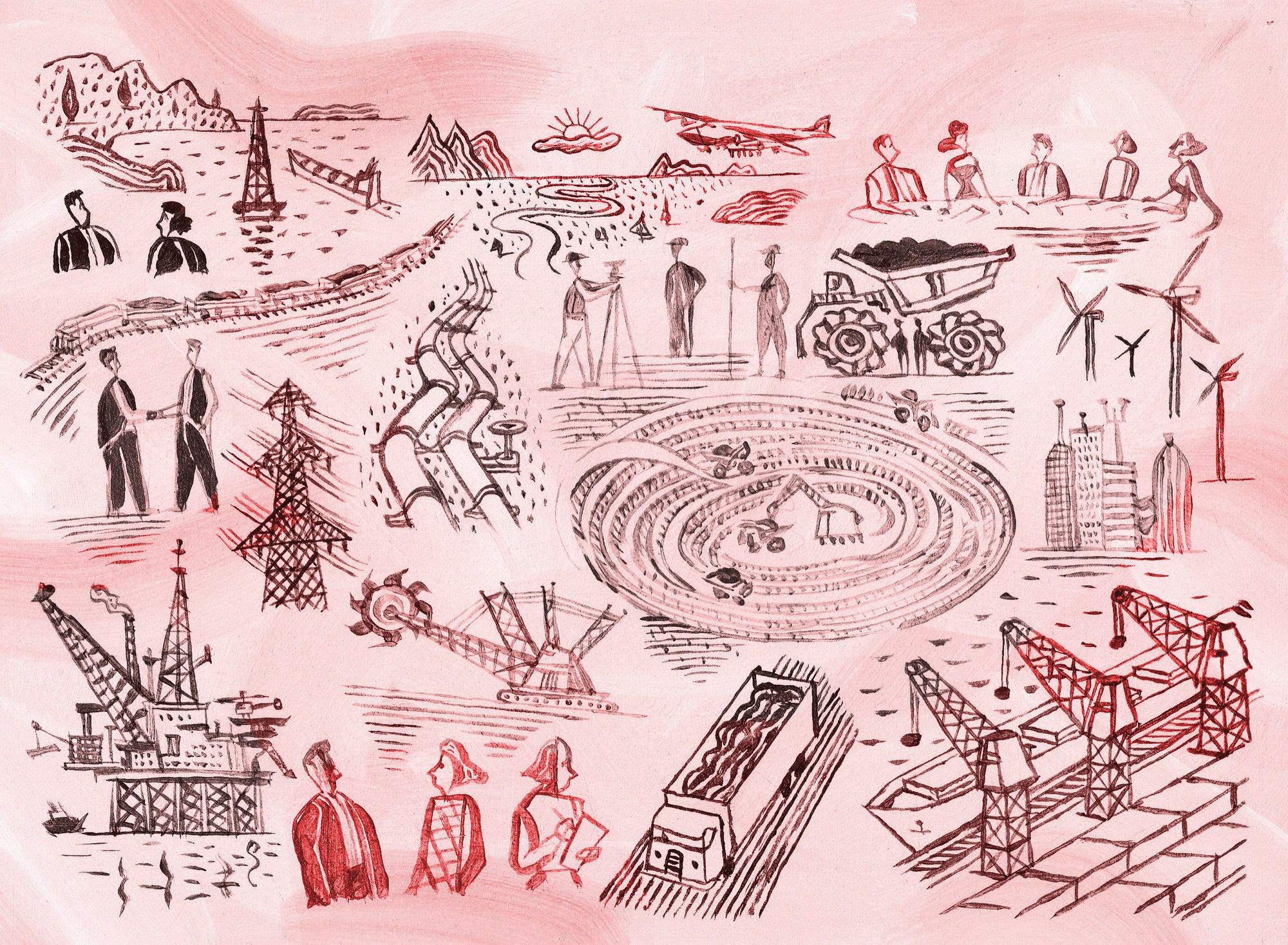Located in northern Chile, Antofagasta – a region carved by the natural contours of the arid Atacama Desert, with a rich presence of mining resources and home to several Indigenous communities – has the fourth lowest population density among the 16 Chilean regions and ranks amongst the 25% least densely populated of the OECD’s 50 mining regions (see the next chapter for an explanation of this benchmark).
Antofagasta is the world’s leading copper and second-largest lithium-producing region, with strategic importance for the global energy transition and Chile’s economic development. Antofagasta’s mining ecosystem includes several globally leading mining companies, suppliers and universities specialised in mining-related research. Antofagasta’s export-oriented mining sector has propelled economic development in the region and the country, contributing to 72% of the region’s gross domestic product (GDP) and 39.4% of Chile’s total exports (March 2023). The region’s GDP per capita is the highest in the country and is almost twice as high as the average of 50 OECD mining regions. Beyond mining, Antofagasta benefits from a growing astronomy sector, energy sector and dynamic tourism sector.
Despite the wealth brought by mining, communities in Antofagasta lag in a number of well-being dimensions. Economically, Antofagasta’s income inequality (Gini coefficient of 0.51 in 2019) is above the national average (0.46) and its unemployment rate (9.6% in 2021) surpasses the national average (9.1%) and the average of 50 OECD mining regions (7%). Socially, the region records the lowest life expectancy (79.2) and the fifth lowest life satisfaction amongst Chile’s 16 regions, reflecting concerns about the shortage of parks and areas for recreation activities. Environmentally, Antofagasta emits 38% more greenhouse gas emissions per unit of electricity generated than the average of 50 OECD mining regions. Moreover, as one of the most arid regions in the world, it has considerable challenges in water resource management.
Antofagasta’s mining industry is entering a new phase of development, driven by the expected surge in global demand for its minerals and the imperative to adapt to the green and digital transitions. To meet the net zero emissions scenario, the global demand for Antofagasta’s main minerals, copper and lithium, is projected to almost double and increase tenfold respectively by 2040. As of January 2023, Antofagasta has the second-highest total expected investment for the next 5 years in Chile (24% of the total investment of projects), mainly driven by the mining (51% of the total) and energy (44%) sectors. Most of the expected investments in mining aim at either modernising and expanding existing operations, mainly in copper mines or increasing exploration of non‑traditional minerals, such as lithium. Many of the projects in current mine sites involve improvements in both the environmental sustainability and the productivity of the processes, for example by increasing the use of renewable energy and desalinated, reused water in mining or automation of operations. On top of these investments, the growing mining ventures in neighbouring countries provide the region with an opportunity to become a logistics gateway for minerals, given its favourable geographic location and export infrastructure (ports and railways).
Despite the potential benefits that these new developments can bring to local companies and workers, many challenges remain to ensure that communities benefit from them and, in turn, that the private sector obtains the social license for their implementation. Some of these challenges include adapting local skills and businesses to the transitions in mining operations, complex processes to access land for industrial or community projects and lack of information about mining impacts on the environment.
Against this backdrop, a new development vision with a long-term strategy is warranted in the region to leverage mining benefits in view of improving well-being standards and taking advantage of the opportunities brought by the digital and green transition in mining. The Mining Strategy of Well-being for the Region of Antofagasta 2023-2050 is this coherent long‑term plan. Its elaboration requires the involvement of a variety of societal stakeholders in agreeing on common objectives and strategic projects focused on improving well-being standards. A multi-stakeholder governance mechanism is needed to help plan and monitor the implementation of this strategy and ensure its continuity beyond political cycles. Likewise, the national government, with its national agencies in the region, need to support the regional institutional capacity to implement this strategy and, in turn, advance Chile’s mining strategy and sustainable development plan.














